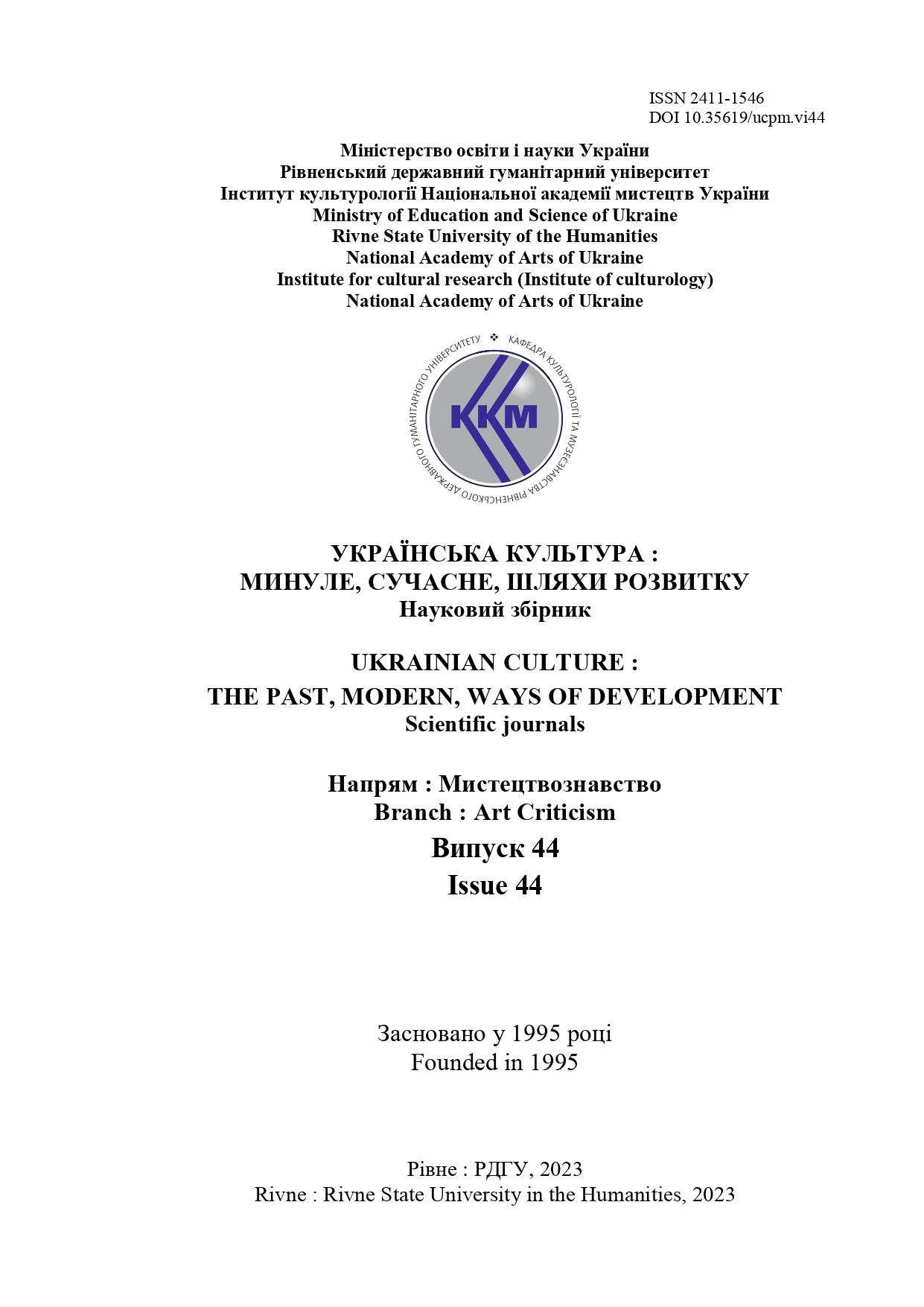ХОРОВА БАЛАДА «ZEMGALE» ПЕТЕРІСА ВАСКСА : МУЗИЧНЕ ОСМИСЛЕННЯ ІСТОРИЧНОГО МИНУЛОГО
DOI:
https://doi.org/10.35619/ucpm.vi44.619Ключові слова:
хорова балада, творчість Петеріса Васкса, латвійська хорова музика ХХ ст.Анотація
Розглянуто хорову баладу для мішаного хору a cappella «Zemgale» сучасного латвійського композитора Петеріса Васкса. Актуальність і новизна дослідження зумовлені недостатнім науковим висвітленням музичної культури Латвії та зокрема хорової музики П. Васкса в українському музикознавчому полі. Мета статті полягає у виявленні художніх засобів, що застосовує композитор для відображення історичних подій, з якими змістовно пов’язана балада. У «Земгале» визначено поєднання сталих для жанру балади ознак оповідності, сюжетності, епічності викладу з індивідуальними композиторськими рішеннями. Розглянуто особливості звуковисотної організації тканини та способи кореспондування музичних виразових засобів із поетичною основою твору. Наведено характерні звукові моделі, що сформовані автором у різних хорових композиціях та мають активну репрезентацію у цій баладі. Встановлено взаємозв’язок звукових моделей з певною образністю, емоційним наповненням, а також наявністю сюжетних та безсюжетних розділів у творі. У сюжетних розділах, що безпосередньо пов’язані з трагічною образністю, картинами боротьби й агресії, композитор обирає звукову модель, що зіткана на основі найгострішого октатонічного ладового утворення та супроводжується наростанням сонорного ресурсу в усій звуковій тканині.


